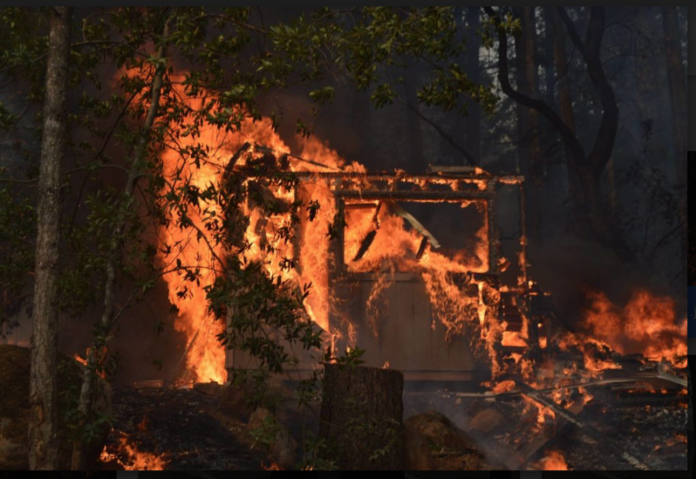San Benito County emergency services and health officials are preparing for a potential worst-case scenario, widespread power shutoff for the rest of this summer after PG&E announced such measures might be necessary to prevent wildfires in California.
Earlier this year, Northern California’s largest electric utility provider alerted the public and regulatory authorities that it may implement “public safety power shutoff” scenarios at times of “extreme weather or wildfire conditions,” reads the PG&E website dedicated to public information about the program.
During such a power shutoff, PG&E may turn off electricity for entire communities, cities or even counties in order to reduce the likelihood of live, damaged power lines igniting dry vegetation and sparking large-scale wildfires.
Such power shutoffs may occur in areas where high winds and low humidity levels are expected, or where dry vegetation and other heightened risk factors are present, according to the PG&E website prepareforpowerdown.com. Public safety power shutoffs may also occur when the National Weather Service has declared a “red flag warning” in a region or community.
PG&E implemented the public safety power shutoff program in response to devastating wildfires in Northern California during the 2018 season.
Regulators have identified downed PG&E power lines as the cause of the Camp Fire in November in Paradise, the deadliest wildfire in the state’s history.
Because such power outages, if they are enacted, could last up to several days, local officials face the burden of ensuring essential public services—notably police, fire, EMS and public works—remain operative in Hollister and San Benito County. Kevin O’Neill, San Benito County’s emergency services manager, explained that authorities have been steadily working on a plan to keep essential services running in case PG&E determines a need to shut the electricity off in the area.
“Our role is coordinating between the various public safety and administrative functions of the city and county governments,” said O’Neill, whose office recently gave a presentation on these efforts to the board of supervisors. “We’ve set up coordination meetings, been talking to partners and requiring updated information on various generators to keep our infrastructure up and running.”
Gas-powered generators are an essential component of ensuring the continuity of services, and a complicated aspect of that challenge is planning to have enough fuel to keep those generators running for multiple consecutive days without power, O’Neill explained. He said county authorities have been working with their various contractors to secure a reliable emergency fuel supply.
This also includes ensuring radio and cell towers are still running even with the grid shut down.
“The biggest concern is making sure our radio infrastructure is up and running, making sure police and fire can receive and respond to calls, and making sure the public has their emergency needs,” O’Neill said.
O’Neill added that authorities are preparing for different “scales of severity” of a power shutoff, depending on different size areas or portions of the county being affected. “It could be a huge region, but PG&E is really doing their best to keep these as small and localized as possible,” O’Neill said.
Another essential community function that needs reliable electricity is that of medical services. Hazel Hawkins Memorial Hospital continuously prepares for any potential major power shutoff, regardless of the cause, said hospital spokeswoman Frankie Gallagher.
“We function independently on backup generators, which are tested monthly,” Gallagher said. “And we have backup generators to our regular generators…to ensure we can provide base care for our patients in the event of a PG&E shutoff and any kind of natural disaster.”
The hospital has memorandums of understanding with a number of fuel providers to ensure Hazel Hawkins has enough fuel to be “self-reliant” for at least 96 hours, Gallagher added.
PG&E has enacted public safety power shutoffs twice so far this summer, both in early June, PG&E spokesman Jeff Smith said. One of these affected about 1,600 customers in the North Bay area, and another several affected several counties and about 20,000 customers near Chico.
Authorities urge local residents to be prepared for a prolonged power shutoff in the same way they would prepare for an earthquake or other natural disaster. O’Neill advised that residents should be prepared for their refrigerator to be off for a few days, and have food, water and other supplies on hand that don’t require electricity for cooking or storage. Batteries and flashlights are good to have on hand as well.
“We’re hoping everybody is taking that to heart,” O’Neill said. “The better prepared you are for a public safety power shutoff, the better you are prepared for any type of emergency. This effort will go well beyond this fire season.”










